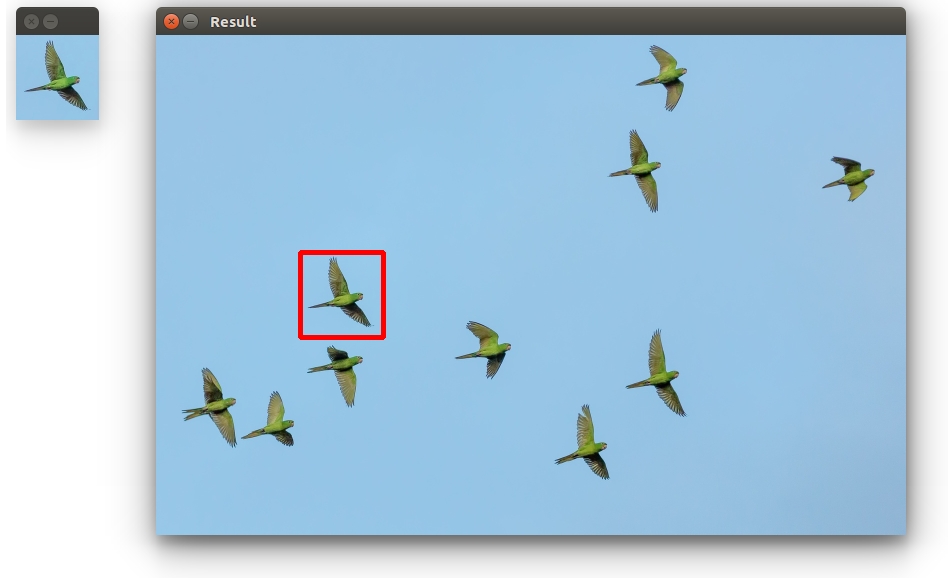

Then we are resizing images with four different options using the cv2.resize() method.Īnd then we are displaying image one by one using for loop. In the next step, we have defined an image path and reading the image using the imread() method. In this example, we have imported cv2 and matplotlib libraries. INTER_CUBIC – It is the bicubic interpolation over 4×4 pixel neighborhood INTER_LANCZOS4 – It is the Lanczos interpolation over 8×8 pixel neighborhood. But when an image is zoomed, it is similar to the INTER_NEAREST method. It may be a preferred function for image decimation, as it gives moire’-free results. INTER_AREA – It is the resampling using pixel area relation. INTER_LINEAR – It is the bilinear interpolation (used by default) INTER_NEAREST – It is the nearest-neighbor interpolation This is the optional flag that takes one of the following methods. This is the optional scale factor along the vertical axis. This is an optional parameter and scale factor along the horizontal axis. This is the required parameter, and it is the desired size for the output image. This parameter is required, and it is the source/input image. Syntax cv2.resize(src, dsize]]]) Parameters Parameter This is the default interpolation technique in OpenCV.

cv2.INTER_LINEAR: This option is primarily used when zooming is required.cv2.INTER_CUBIC: This option is slow but more efficient.cv2.INTER_AREA: This option is used when we need need to scale down an image.Interpolation Method for Resizing Options To resize an image, OpenCV provides cv2.resize() function. Also, the aspect ratio of the original image could be preserved in the resized image. The dimensions can be a width, height, or both. See here for descriptions of the resizing commands.Resizing the image means changing the dimensions of it. It’s very easy to do what you want with a single command. ImageMagick is a simple, but well-built command-line interface to do basic image processing. Sq_img = cv2.imread('sq.jpg') # square image H_img = cv2.imread('h.jpg') # horizontal image V_img = cv2.imread('v.jpg') # vertical image Scaled_img = cv2.copyMakeBorder(scaled_img, pad_top, pad_bot, pad_left, pad_right, borderType=cv2.BORDER_CONSTANT, value=padColor) Scaled_img = cv2.resize(img, (new_w, new_h), interpolation=interp) If len(img.shape) is 3 and not isinstance(padColor, (list, tuple, np.ndarray)): # color image but only one color provided

Pad_left, pad_right, pad_top, pad_bot = 0, 0, 0, 0 Pad_left, pad_right = np.floor(pad_horz).astype(int), np.ceil(pad_horz).astype(int) New_w = np.round(new_h*aspect).astype(int) Pad_top, pad_bot = np.floor(pad_vert).astype(int), np.ceil(pad_vert).astype(int) New_h = np.round(new_w/aspect).astype(int) Here’s a script that defines a resizeAndPad() function which automatically calculates the aspect ratio, scales accordingly, and pads as necessary, and then uses it on a horizontal, vertical, and square image:Īspect = w/h # if on Python 2, you might need to cast as a float: float(w)/h You’ll need to decide what to do in case an odd number of pixels needs to be added in order to make it 1000x1000, like whether the additional pixel goes to the left or right (or top or bottom, depending on the orientation of your image). For this you can use copyMakeBorder() for a pure OpenCV implementation, or since you’re using Python you can use numpy.pad(). So, after resizing we’ll end up with a 1000xN or Nx1000 image (where N<=1000) and we’ll need to pad it with whatever background color you want on both sides to fill the image to 1000x1000. To shrink an image, it will generally look best with CV_INTER_AREA interpolation, whereas to enlarge an image, it will generally look best with CV_INTER_CUBIC (slow) or CV_INTER_LINEAR (faster but still looks OK). Note that if aspect is greater than 1, then the image is oriented horizontally, while if it’s less than 1, the image is oriented vertically (and is square if aspect = 1).ĭifferent interpolation methods will look better depending on whether you’re stretching the image to a larger resolution, or scaling it down to a lower resolution.


 0 kommentar(er)
0 kommentar(er)
